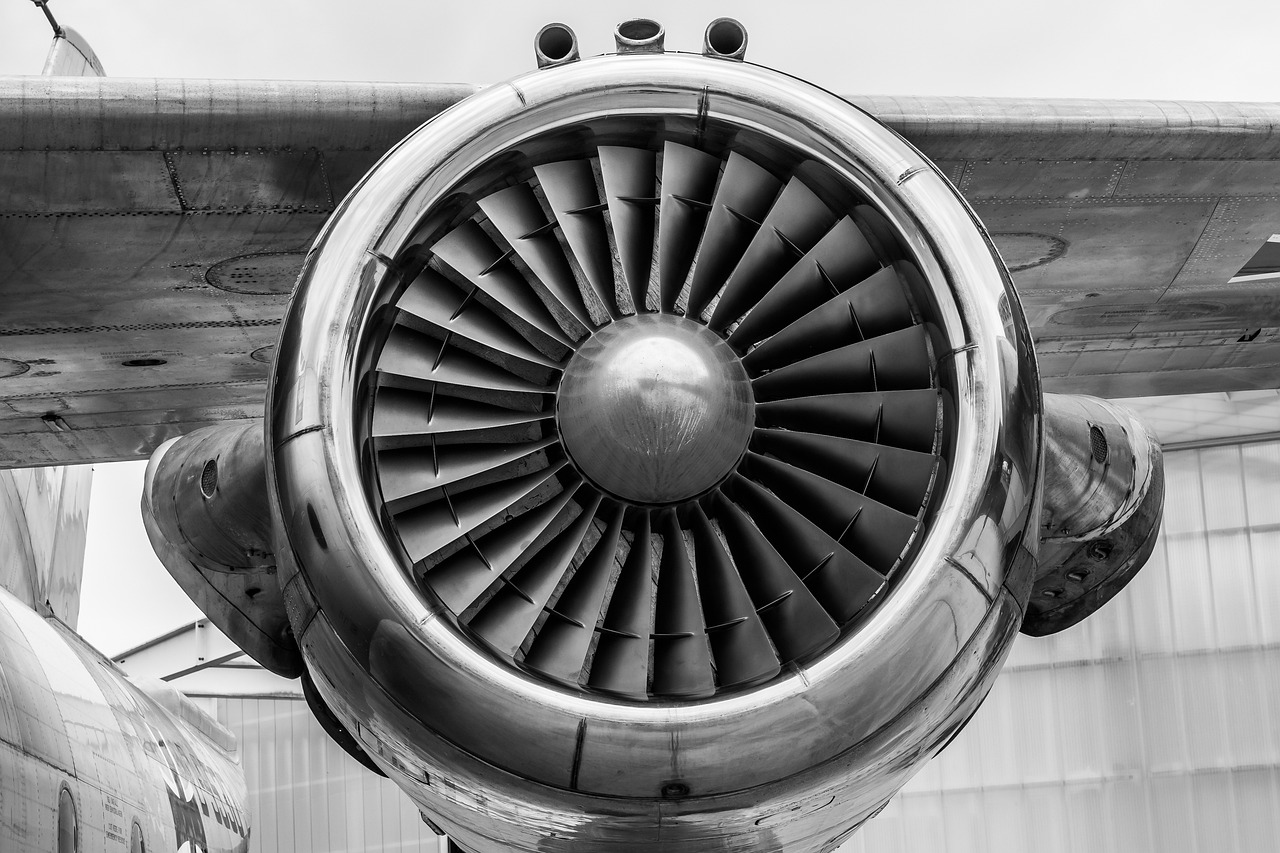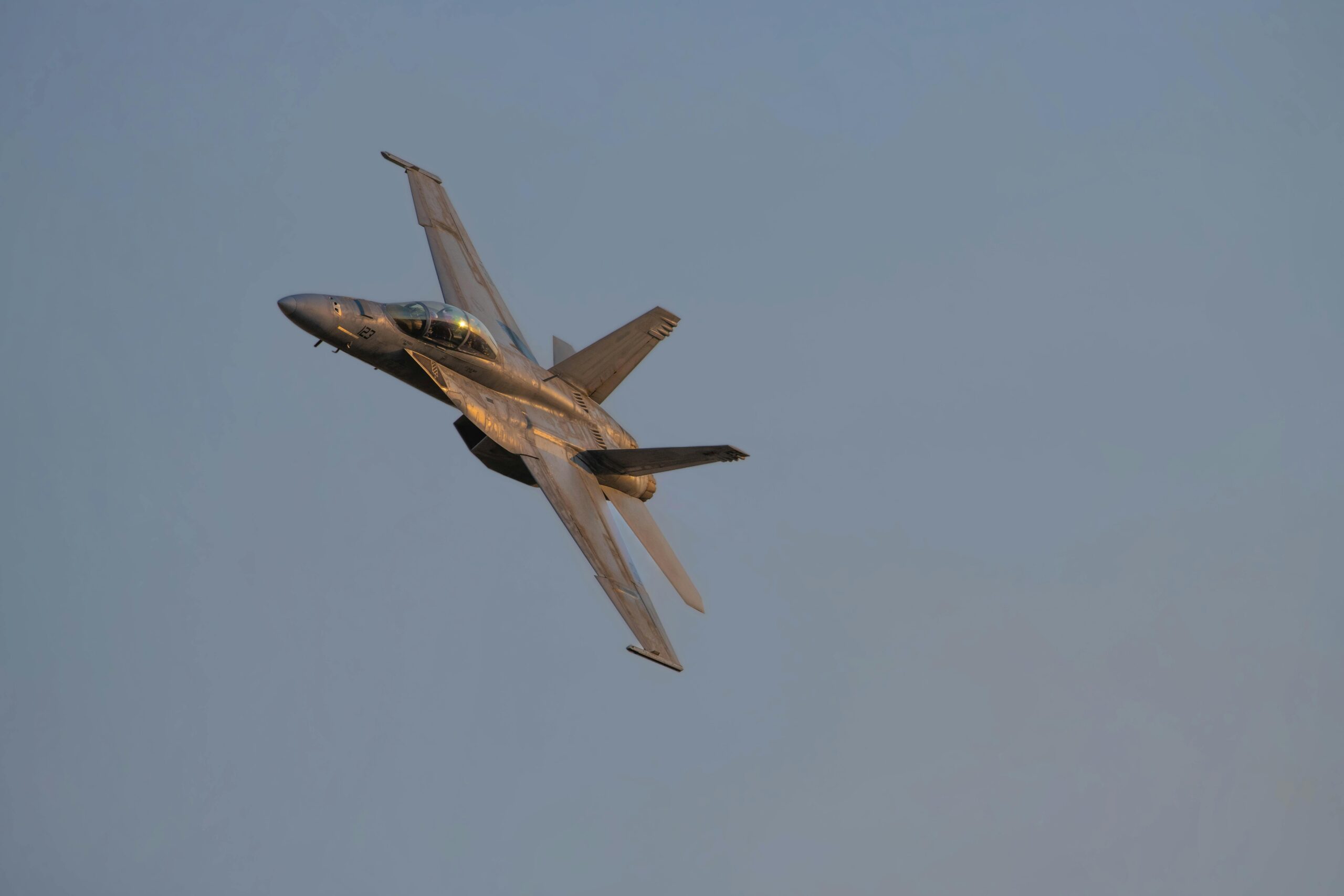The MiG-29 is a twin-engine, supersonic fighter aircraft developed by the Mikoyan Design Bureau in the Soviet Union during the 1970s. Designed as an air superiority fighter, it has evolved over the decades into a versatile multirole aircraft, capable of performing a wide range of missions. It remains a key component of several air forces worldwide, including India’s.
Key Features of MiG-29
- Design and Structure:
- Twin-engine layout: Ensures redundancy and enhanced thrust.
- High agility: Incorporates advanced aerodynamics and thrust-to-weight ratio for superior maneuverability.
- Lightweight materials: Constructed with aluminum alloys for reduced weight and durability.
- Performance:
- Maximum Speed: Mach 2.25 (about 2,400 km/h).
- Service Ceiling: Over 18,000 meters (59,000 feet).
- Range: Approx. 1,500 km (combat radius) with internal fuel.
- Capable of short take-offs and landings, making it suitable for varied operational environments.
- Armament:
- Equipped with a 30mm GSh-30-1 autocannon.
- Carries a wide range of air-to-air missiles, including R-73 (AA-11 Archer) and R-77 (AA-12 Adder).
- Can carry air-to-surface missiles, bombs, and rockets for ground-attack roles.
- Compatible with precision-guided munitions.
- Avionics:
- Advanced radar systems, such as the Phazotron Zhuk-ME, for target detection and tracking.
- Infrared Search and Track (IRST) system for passive tracking of enemy aircraft.
- Modern upgrades include digital flight systems and glass cockpits for better situational awareness.
- Engine:
- Powered by Klimov RD-33 turbofan engines, known for high thrust and reliability.
- Enhanced versions feature smokeless engines for reduced visibility during combat.
Variants
The MiG-29 has evolved into multiple variants, catering to the needs of different operators:
- MiG-29A: Original air superiority fighter.
- MiG-29S: Enhanced version with increased payload and advanced avionics.
- MiG-29K: Carrier-based version for naval operations.
- MiG-29SMT: Upgraded multirole version with extended range and modern avionics.
- MiG-35: Advanced version with improved sensors, weapon systems, and reduced radar cross-section.
MiG-29 in India
India operates a fleet of MiG-29s, both for the Indian Air Force (IAF) and the Indian Navy:
- MiG-29 (IAF):
- Inducted in the 1980s during tensions with Pakistan.
- Upgraded to MiG-29UPG standard with advanced avionics, weaponry, and in-flight refueling capability.
- MiG-29K (Navy):
- Operates from India’s aircraft carriers like INS Vikramaditya and INS Vikrant.
- Equipped for air defense and ground strike missions in maritime environments.
Strengths
- Superior Agility:
- Highly maneuverable, excelling in dogfights.
- Multirole Capability:
- Adaptable for air-to-air, air-to-ground, and reconnaissance missions.
- Cost-Effective:
- Affordable compared to Western counterparts like the F-16.
- Easy Upgradability:
- Compatible with modern avionics and weaponry.
Limitations
- Operational Costs:
- High maintenance and fuel consumption.
- Avionics Obsolescence:
- Older models require significant upgrades to compete with modern fighters.
- Short Range:
- Limited combat radius compared to newer fighter aircraft.
Global Operators
Besides India, countries like Russia, Poland, Ukraine, and Malaysia continue to operate the MiG-29. Its advanced variants remain a cost-effective solution for nations requiring capable airpower without the financial burden of acquiring 5th-generation aircraft.
The MiG-29, despite its age, remains a formidable fighter due to its upgrades and adaptability. It is a testament to the robust engineering of Soviet-era designs and continues to serve as a backbone for many air forces globally.

